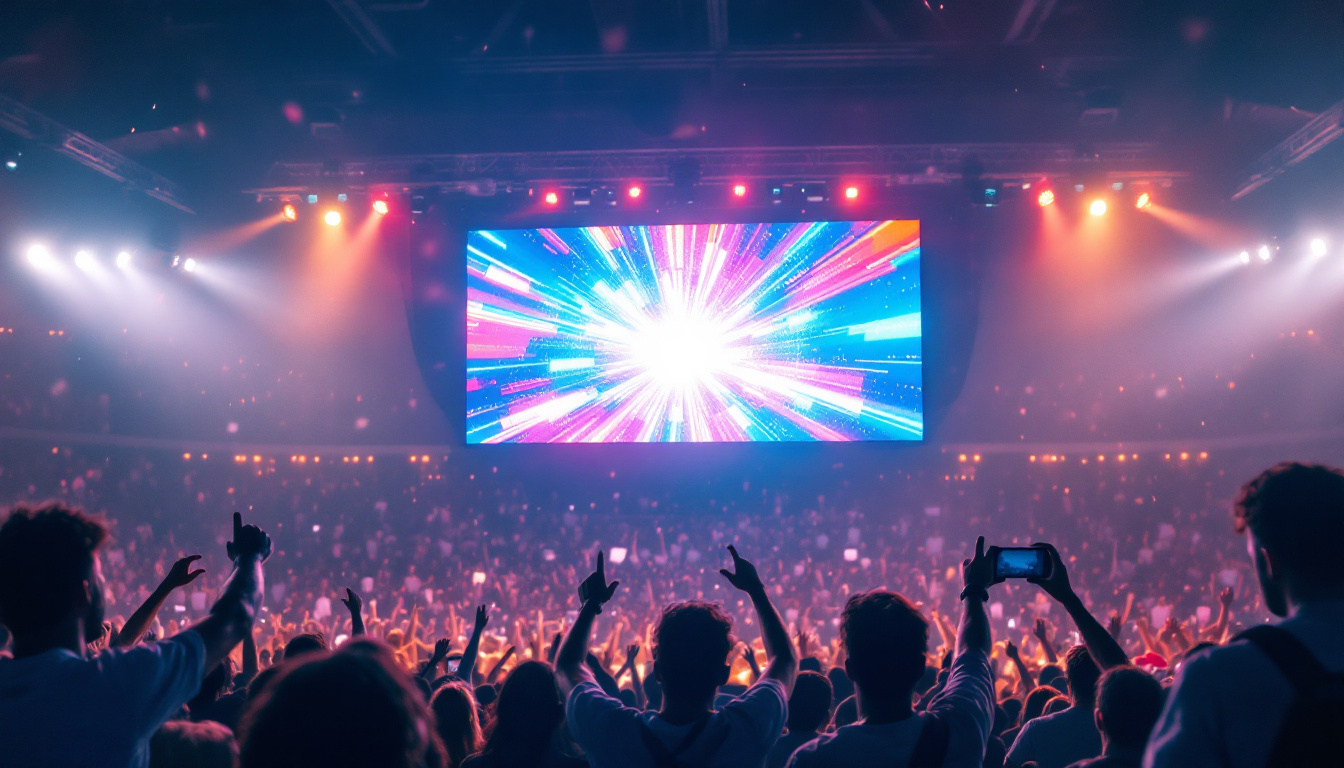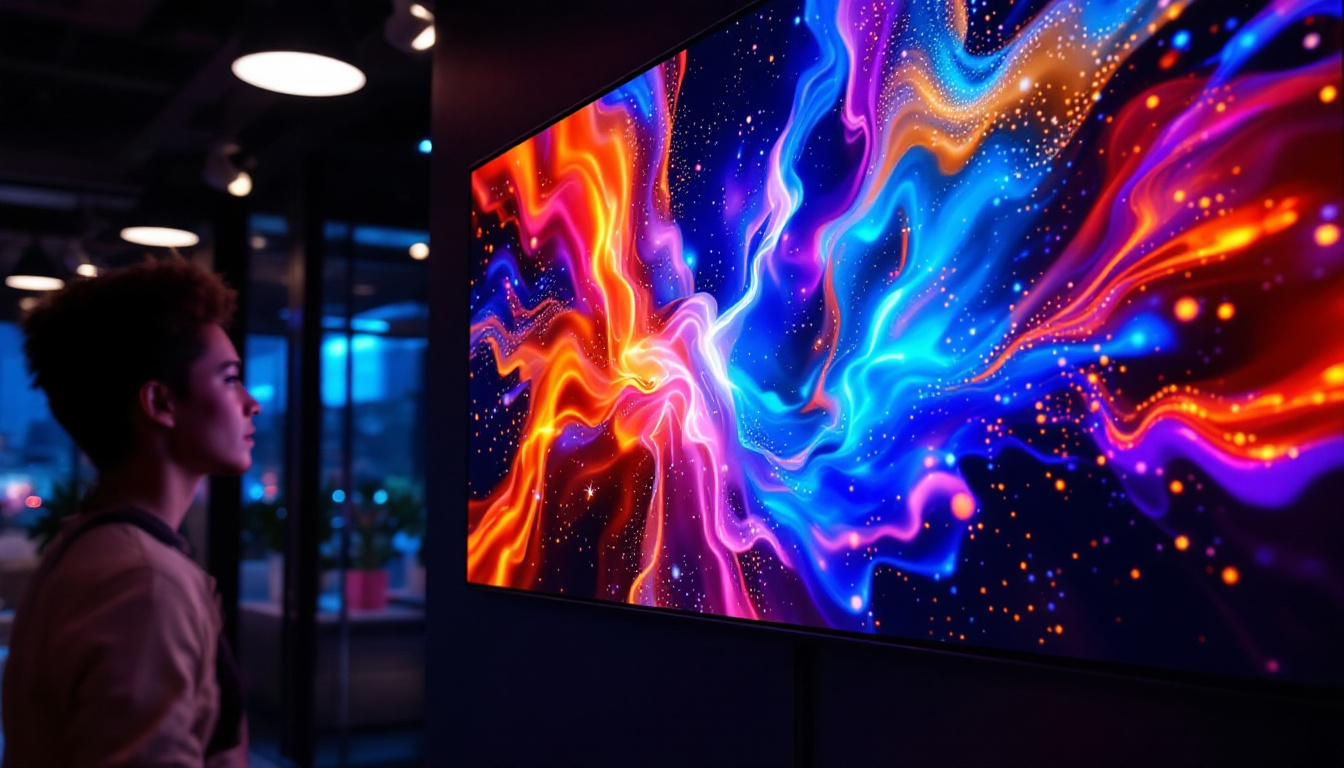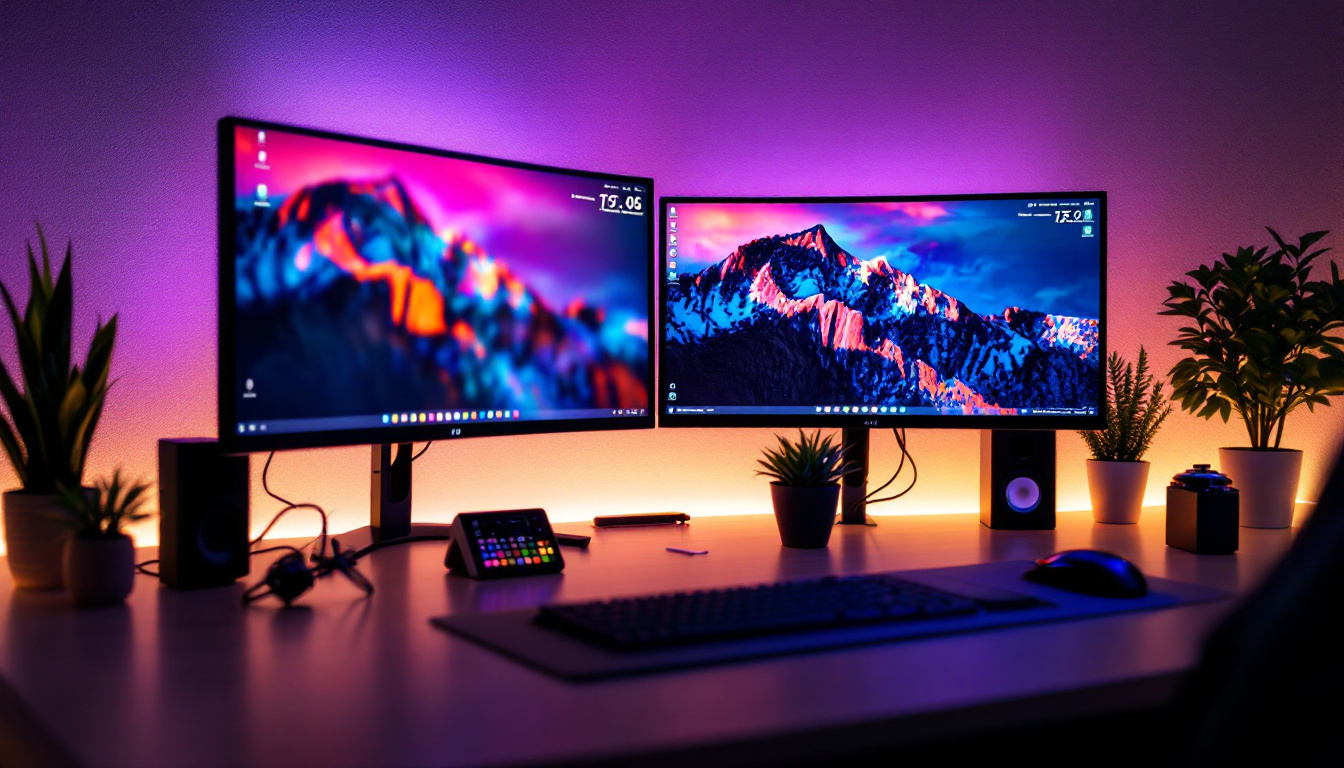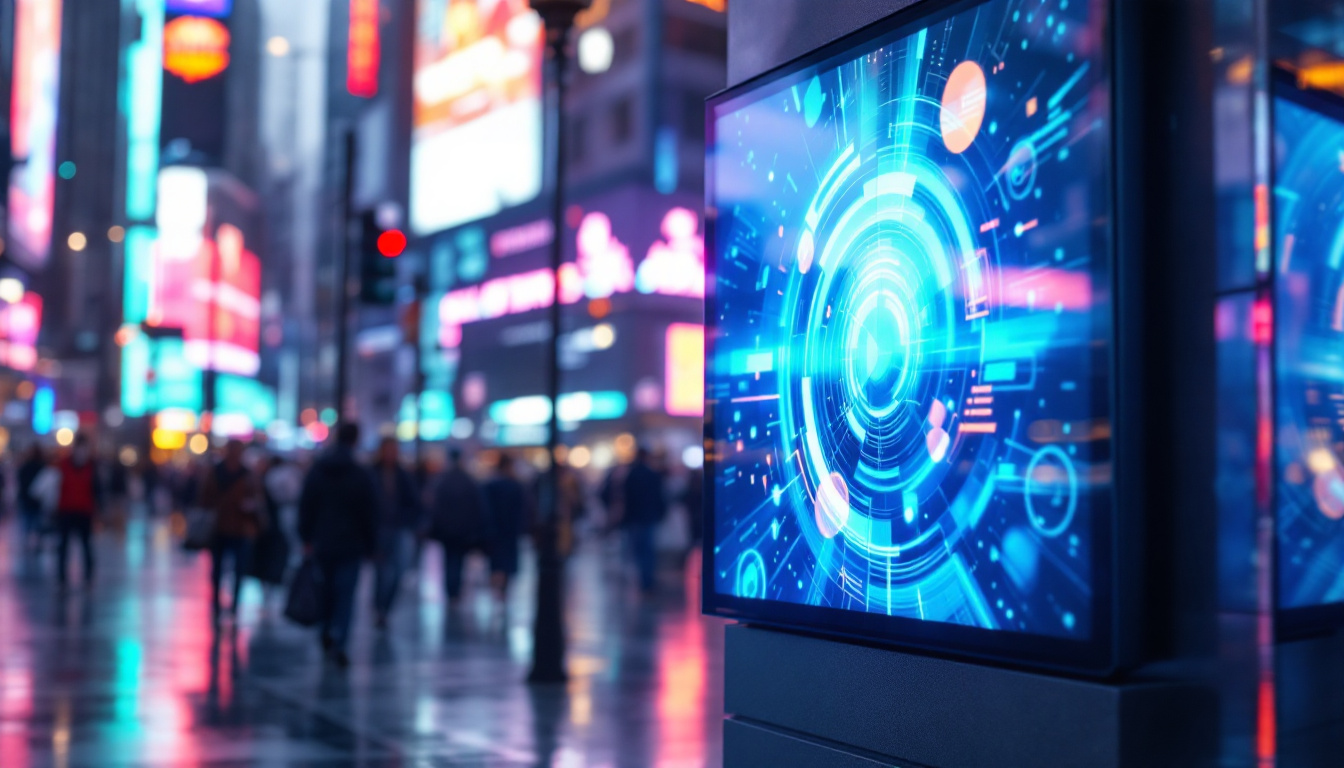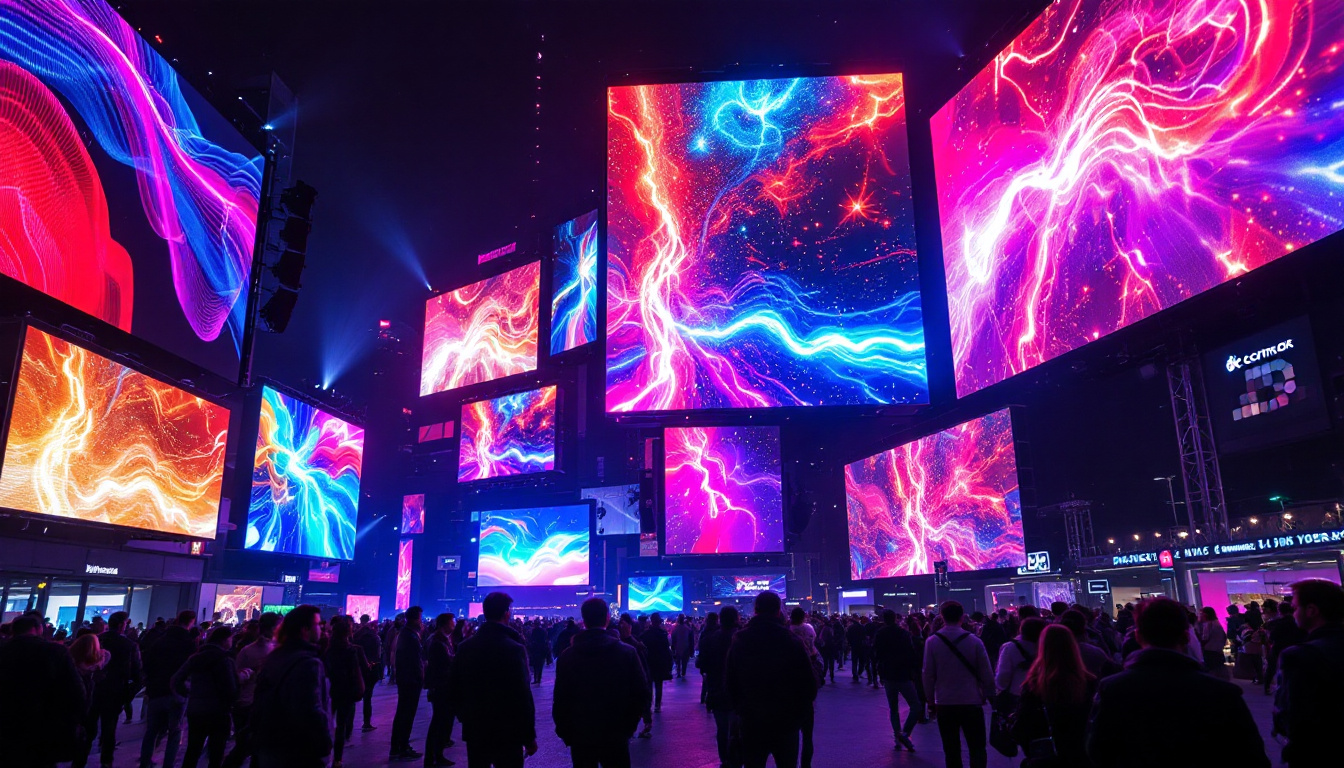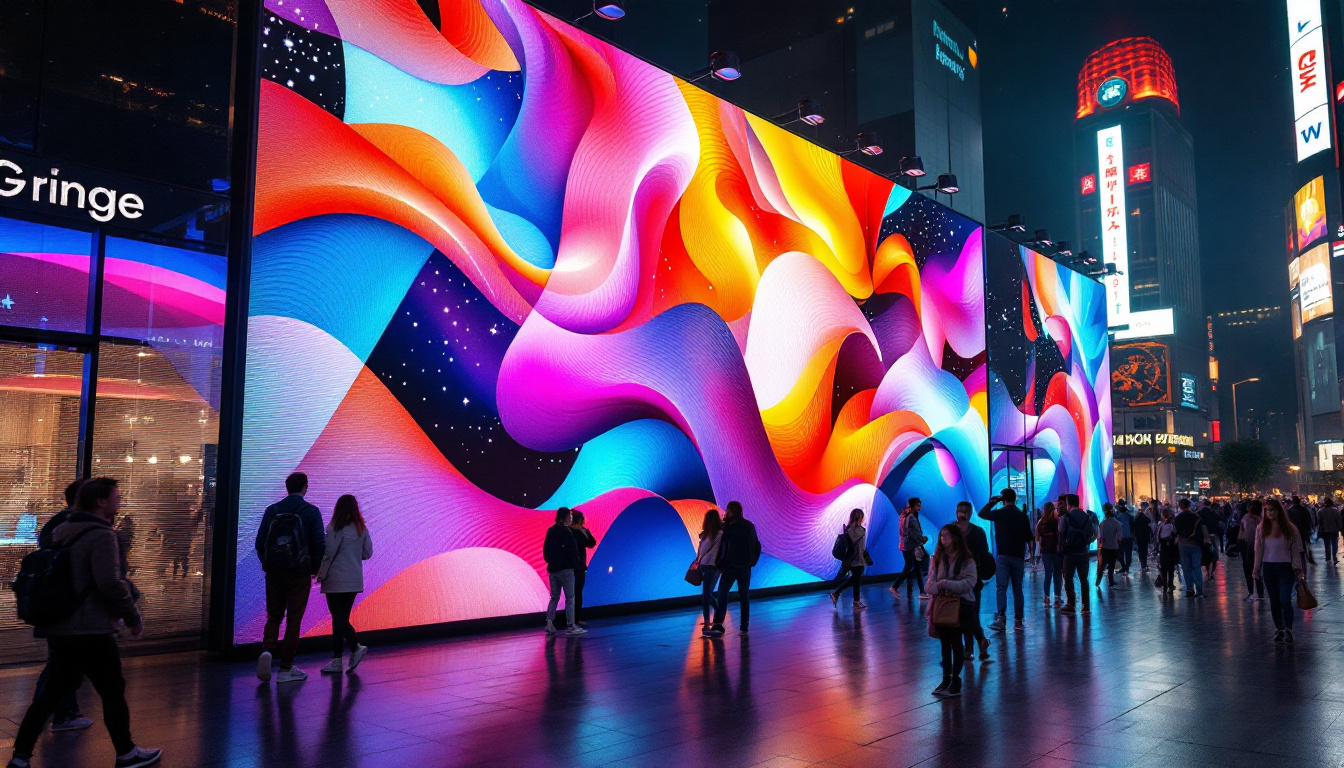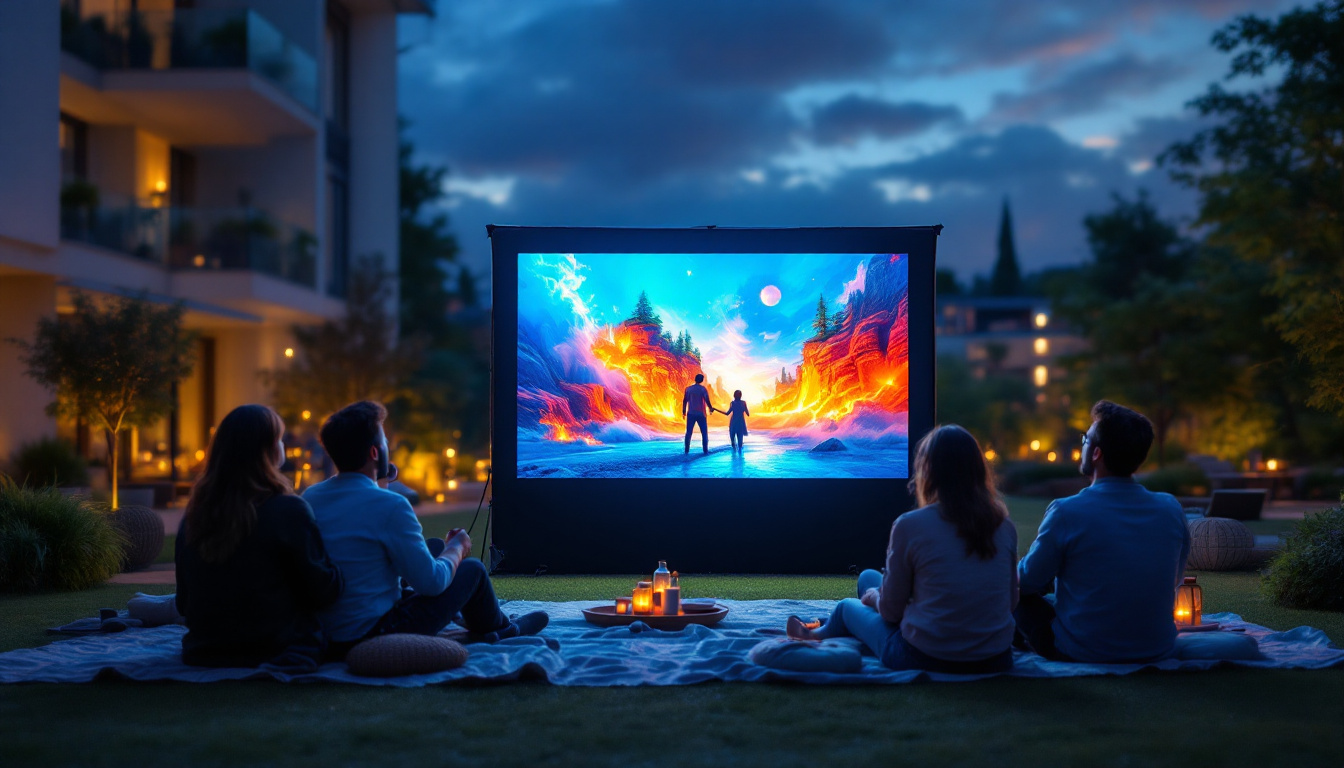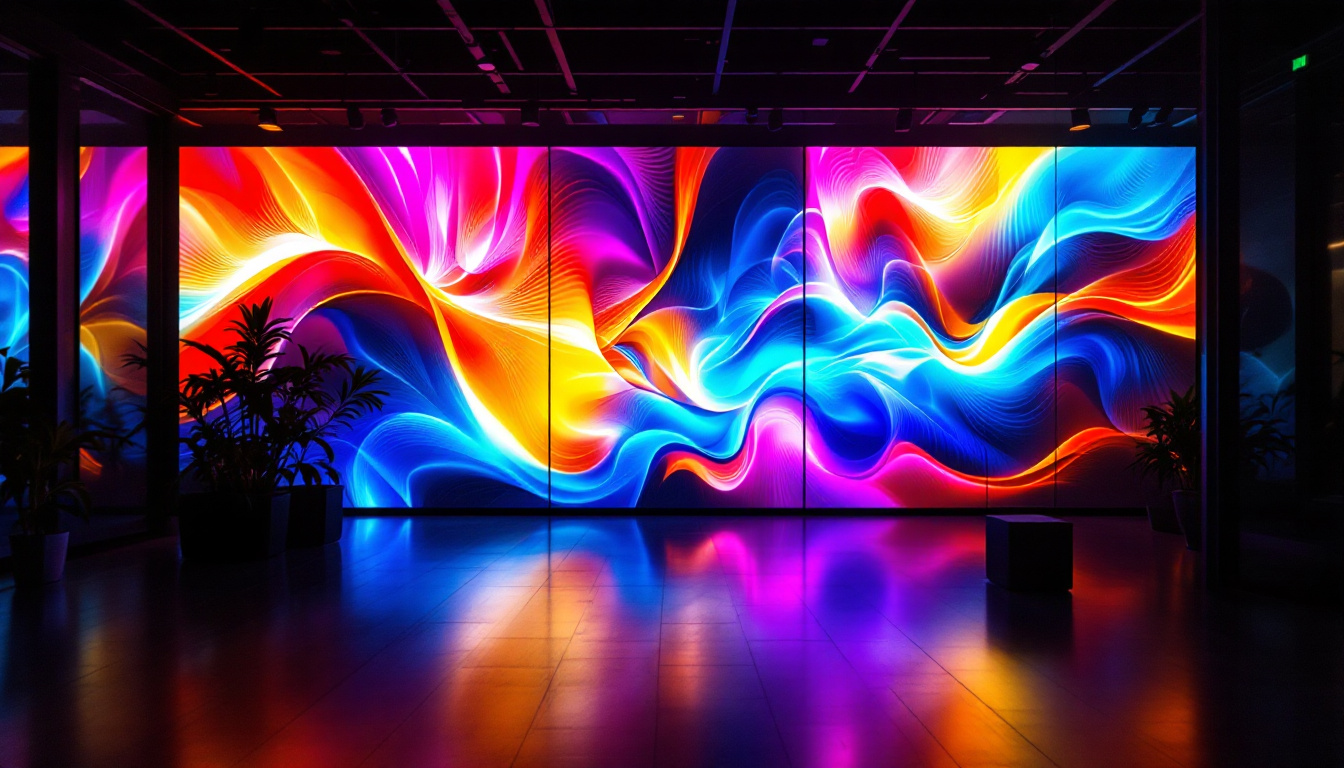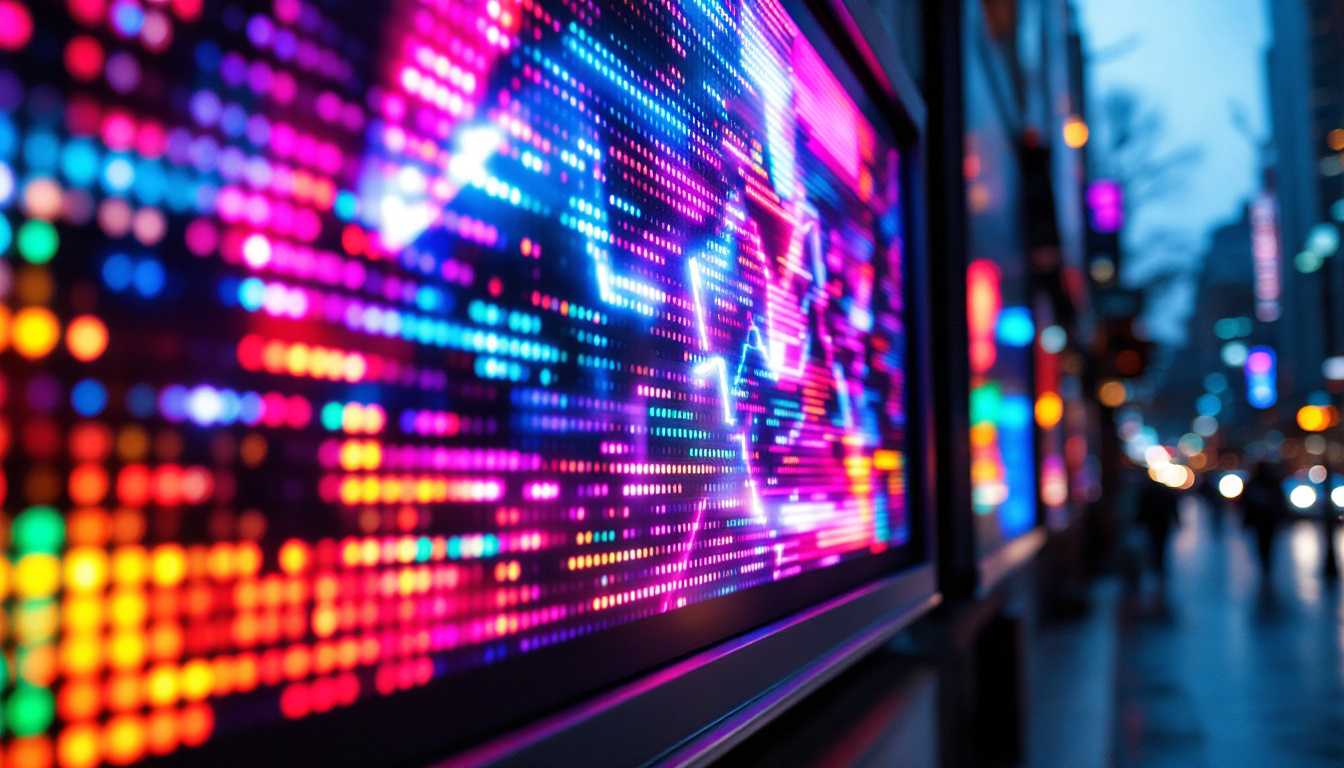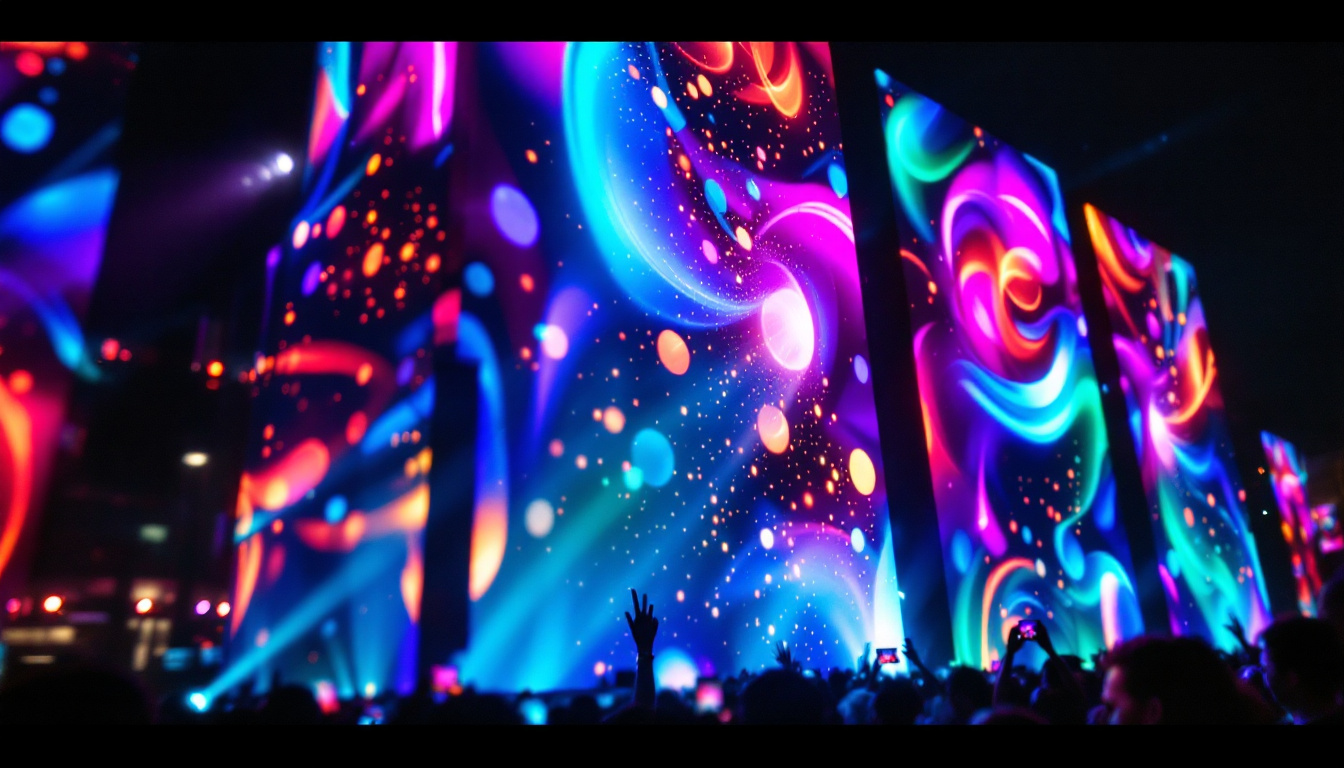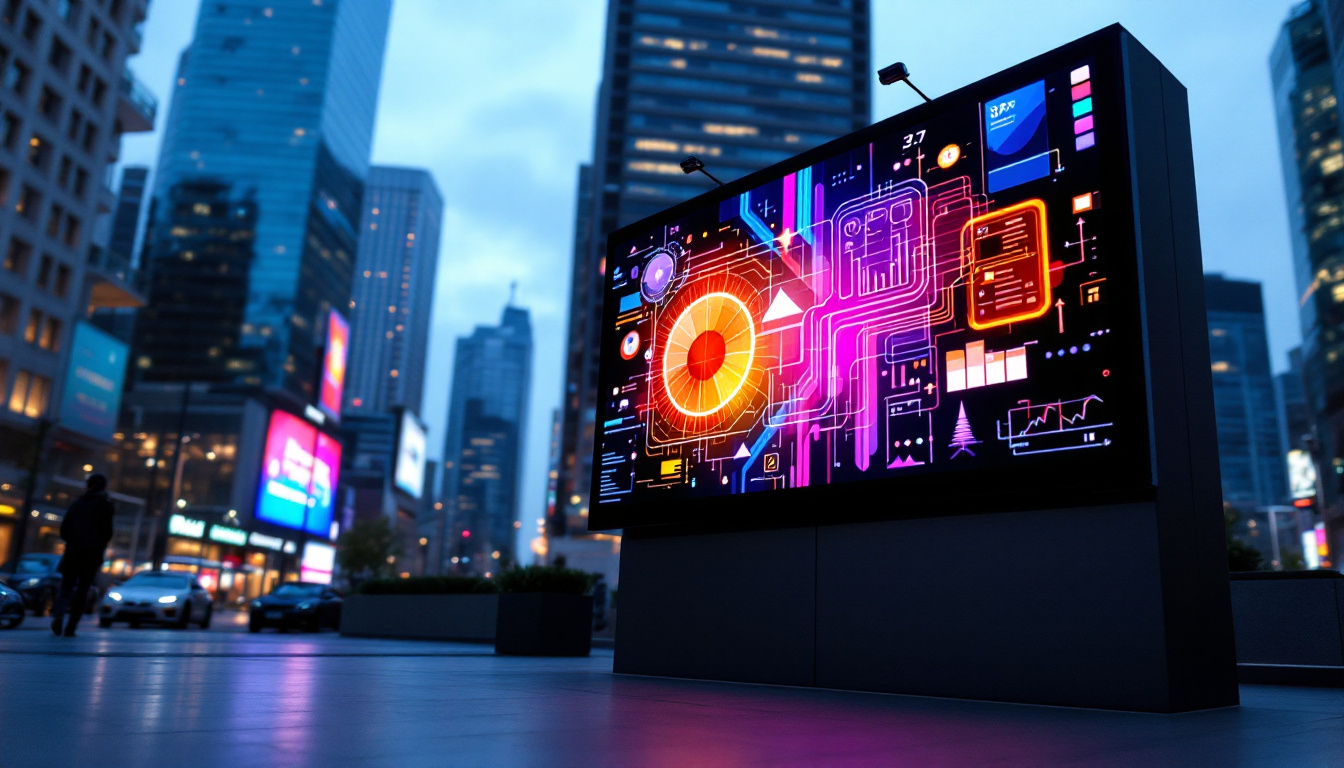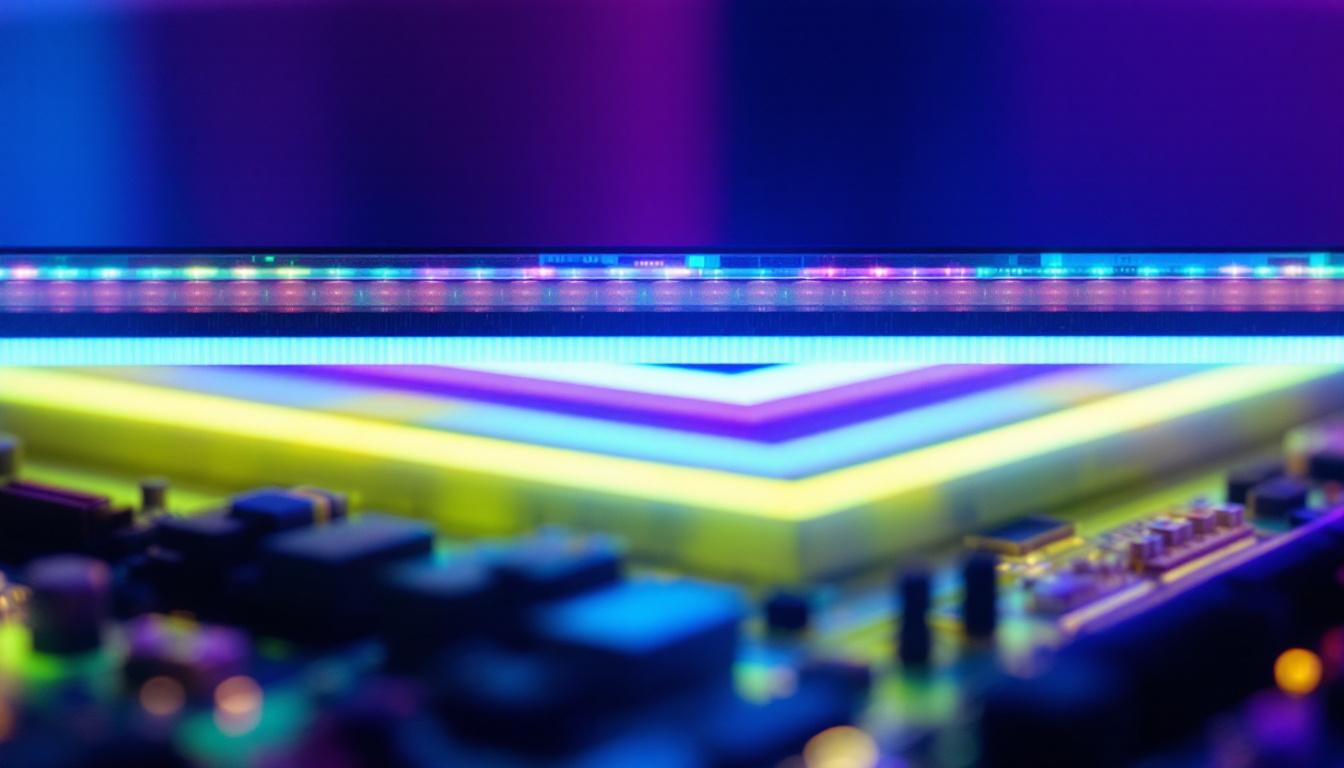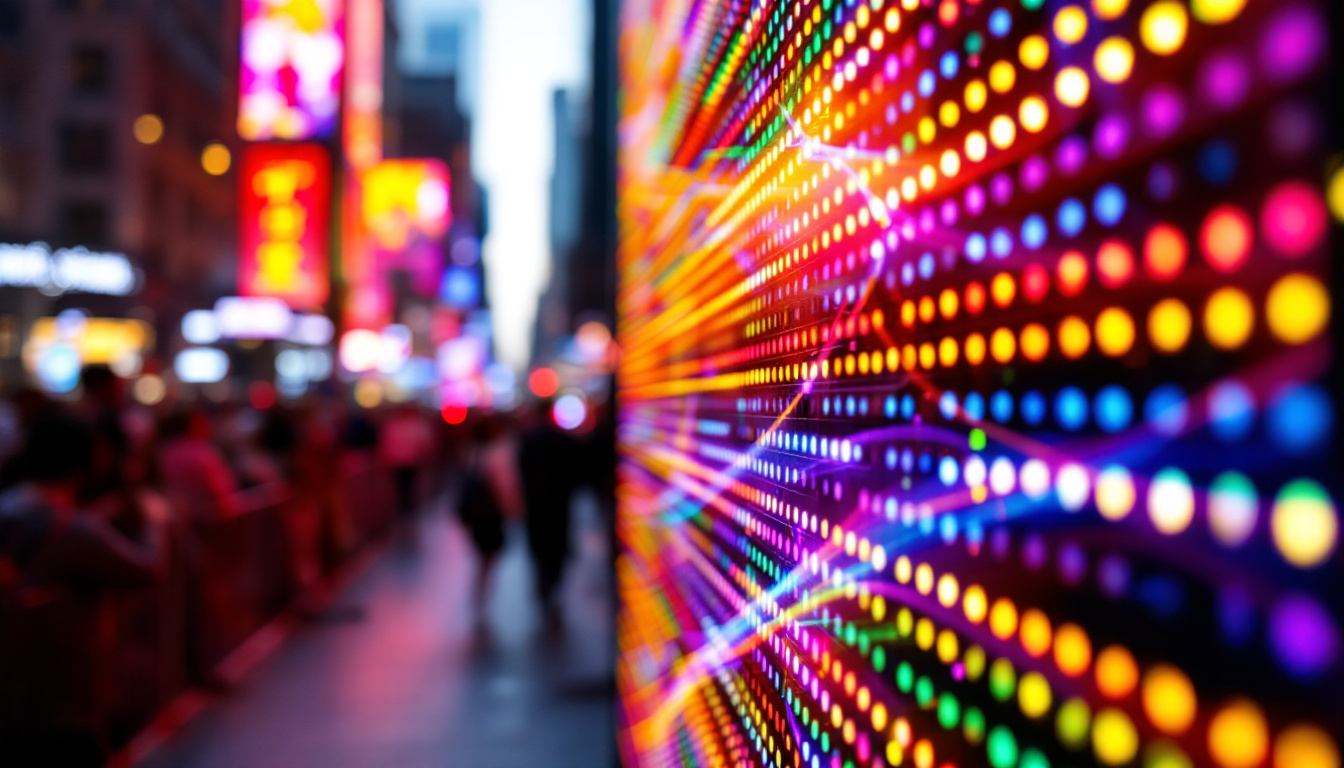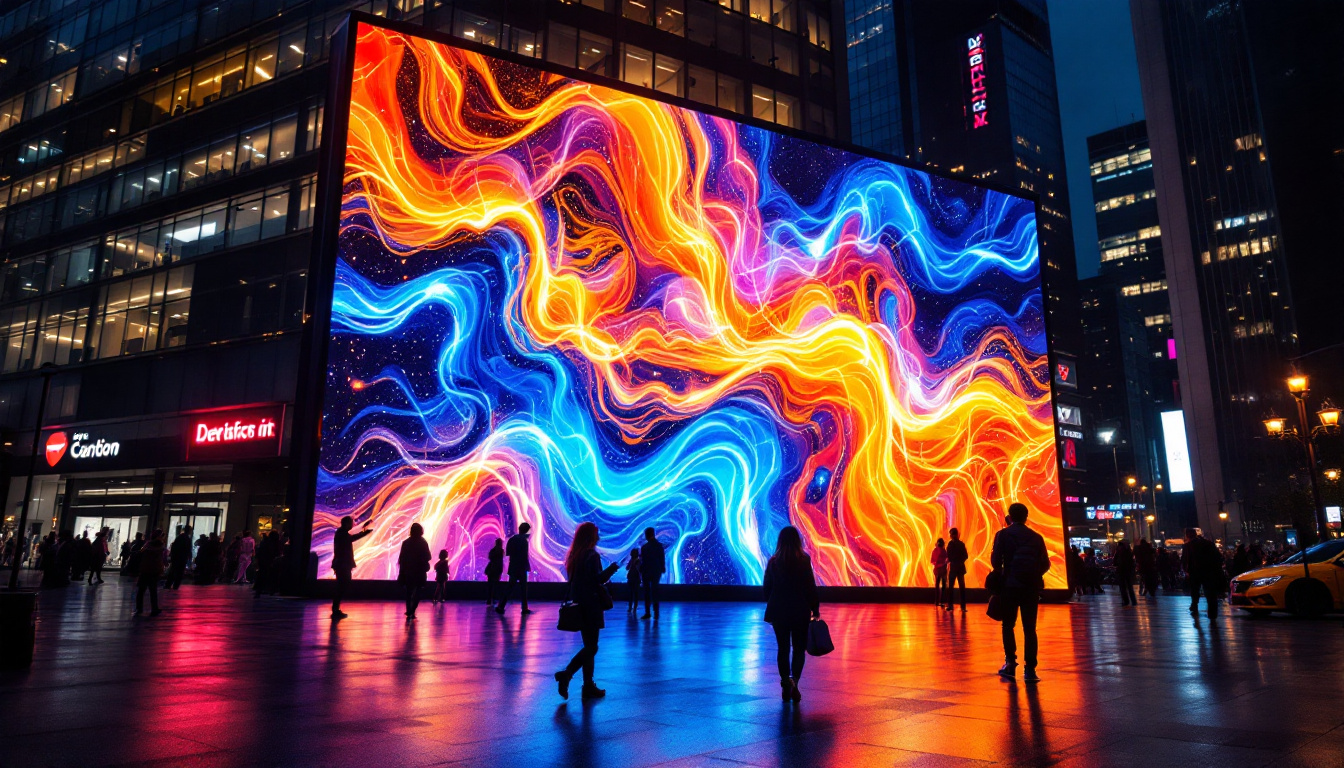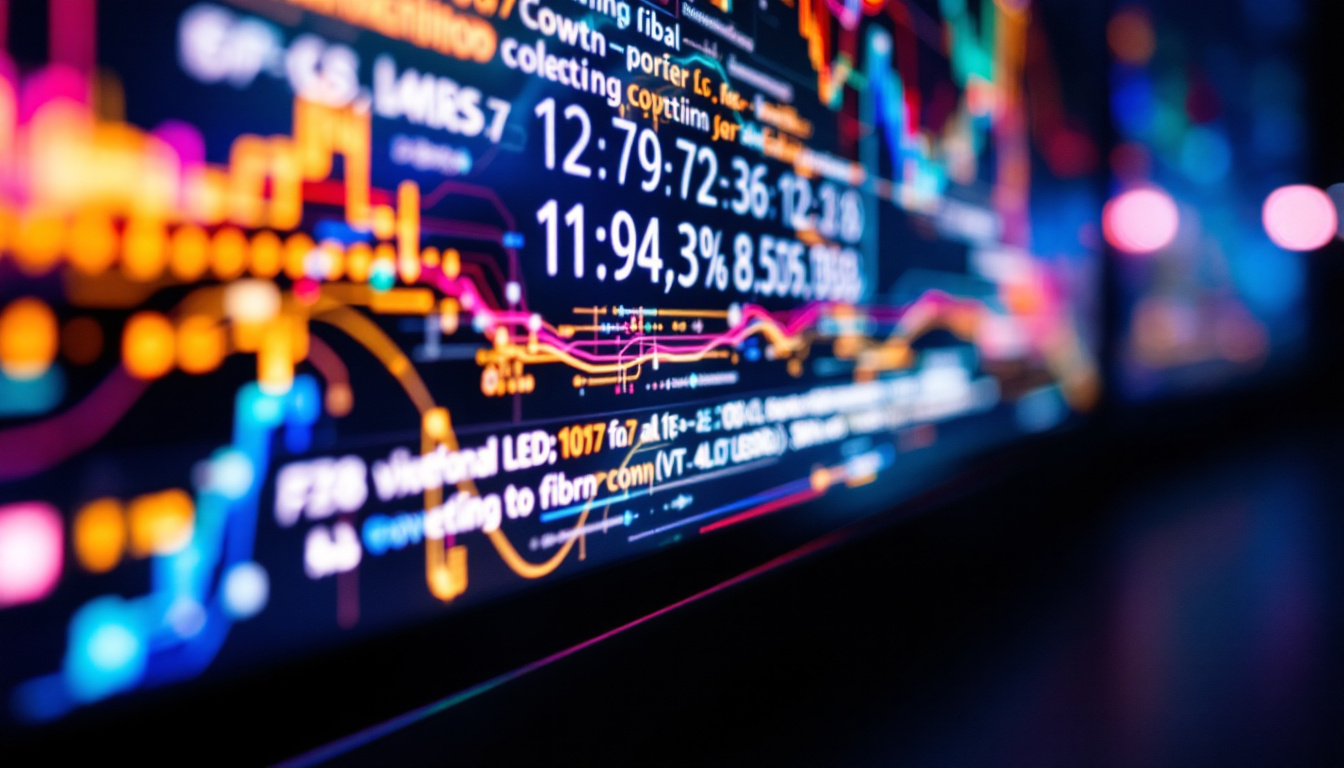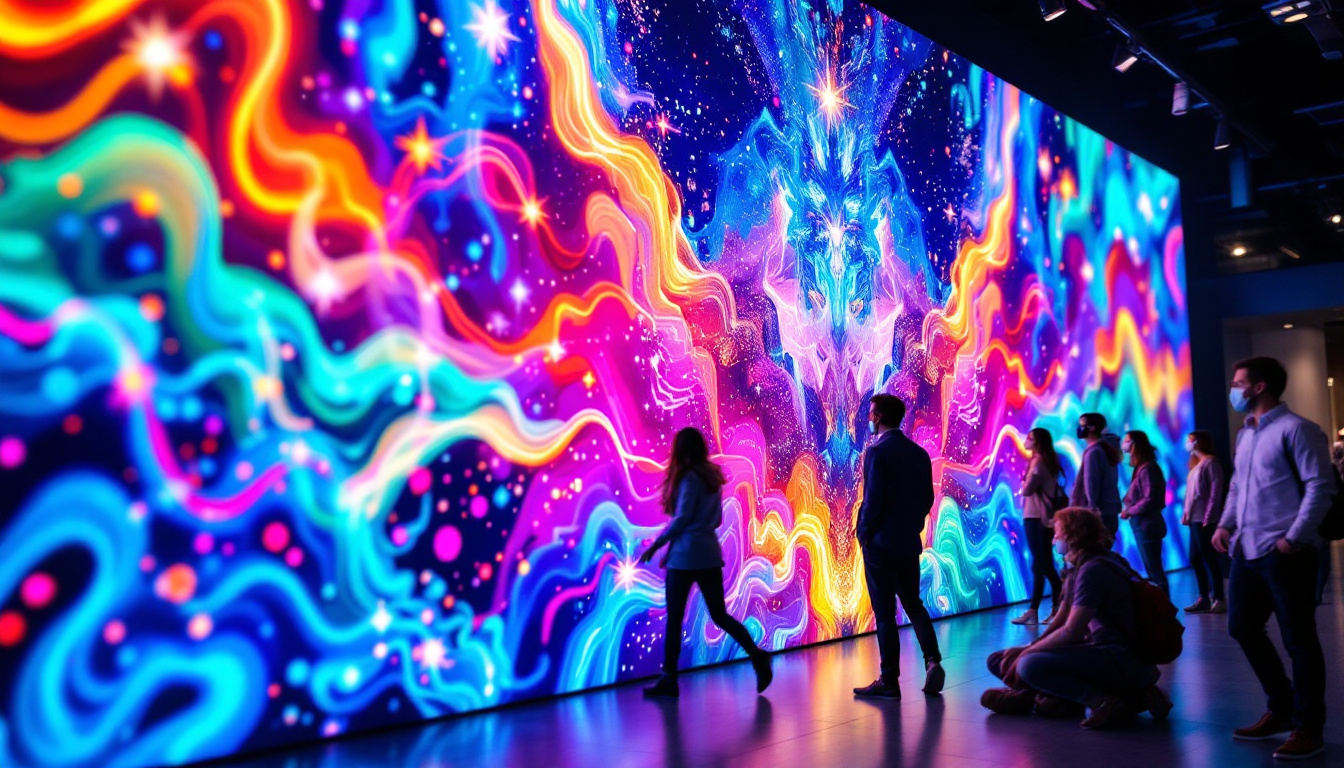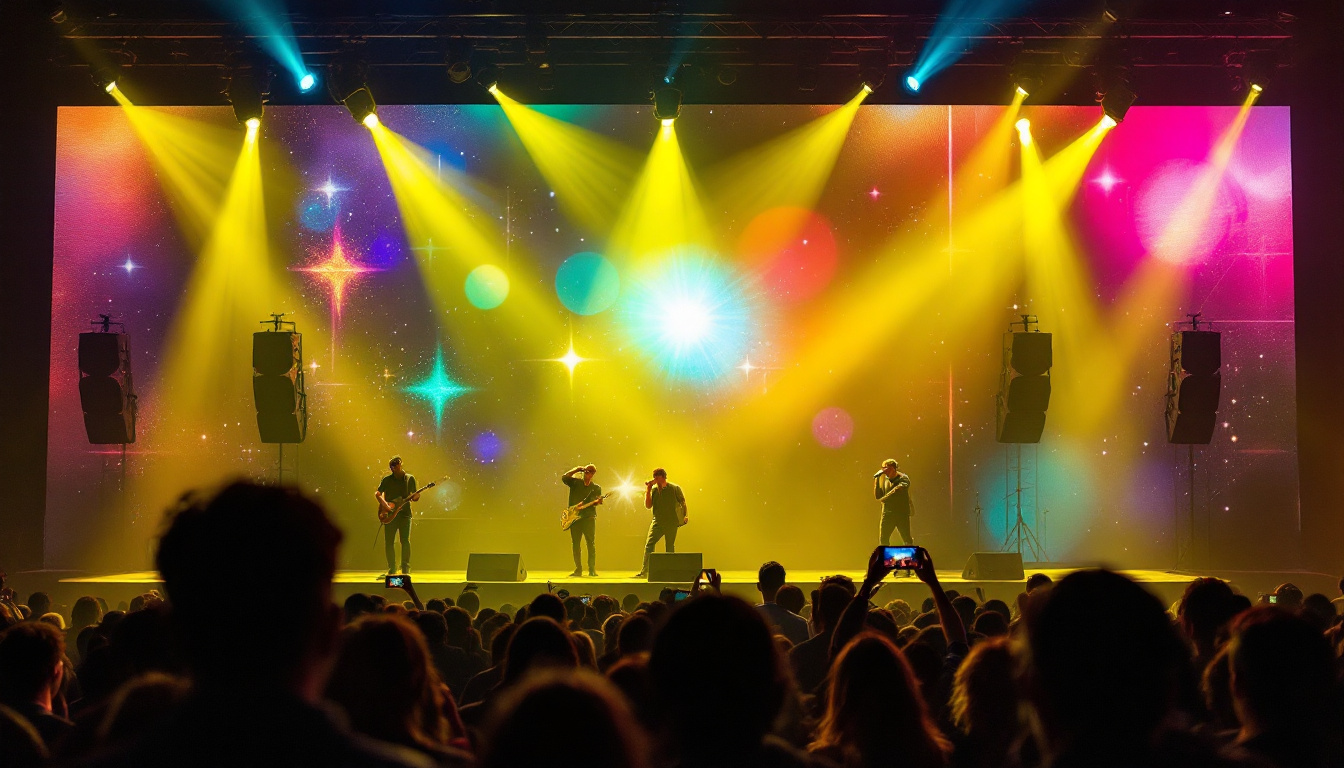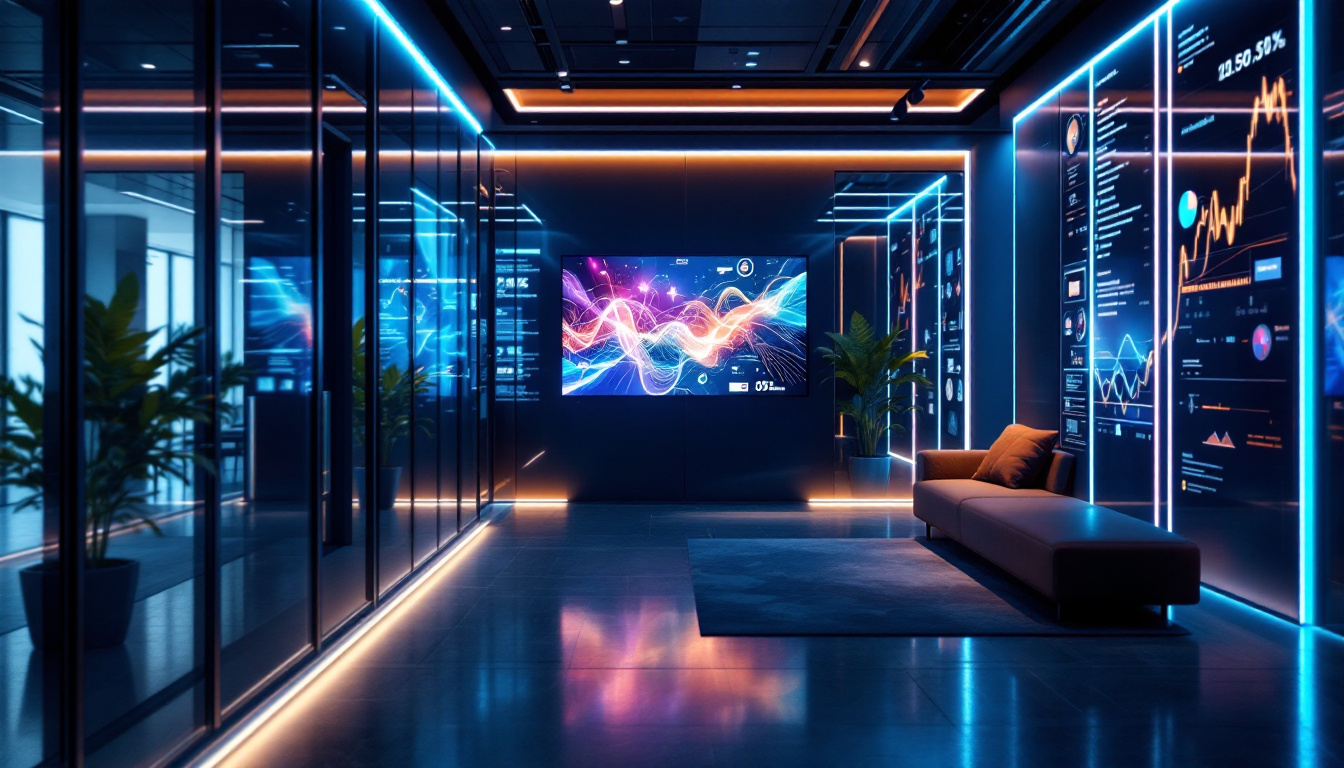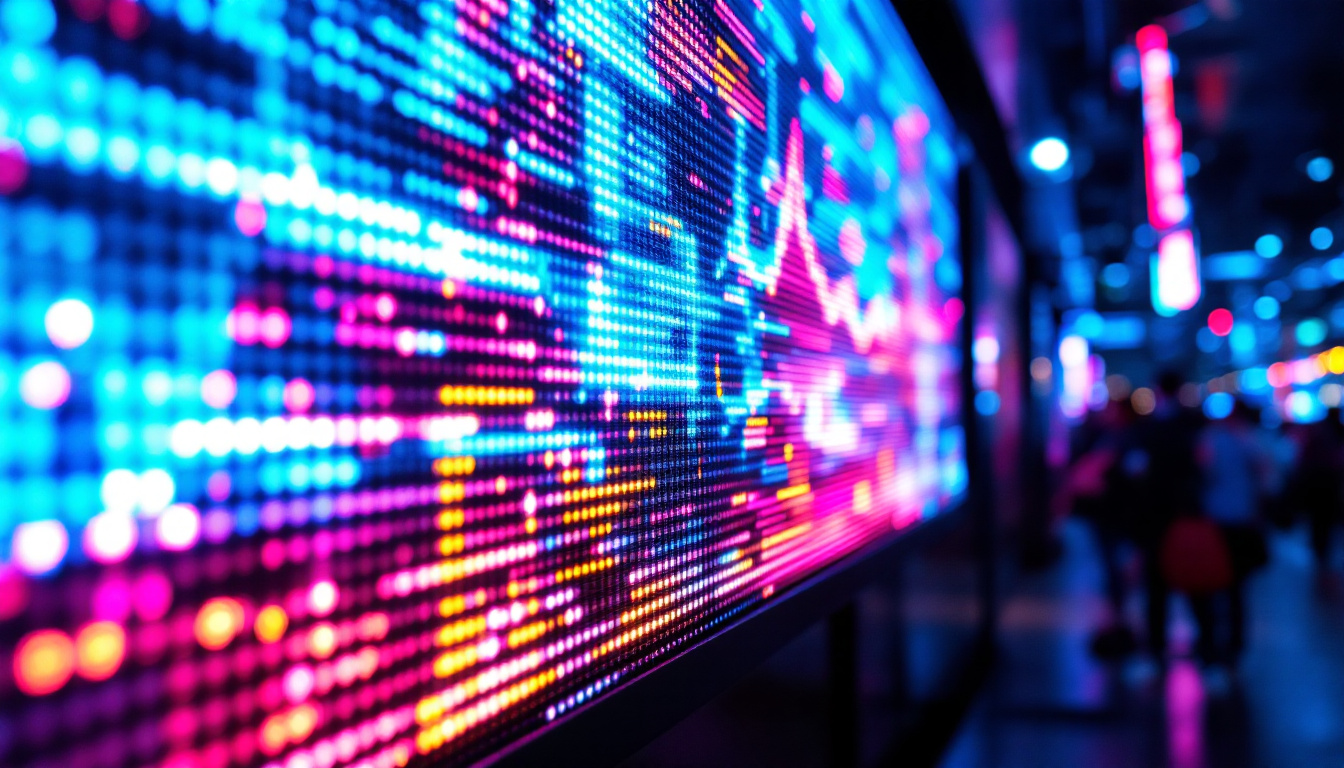In the modern world of sports and entertainment, LED displays have transformed the way audiences engage with events. From stadiums to arenas, these vibrant screens not only serve as scoreboards but also enhance the overall experience for fans and participants alike. This article delves into the intricacies of LED displays, exploring their technology, applications, and the myriad benefits they bring to the table.
Understanding LED Technology
Light Emitting Diodes (LEDs) are semiconductor devices that emit light when an electric current passes through them. This technology has evolved significantly over the years, leading to the creation of high-quality displays that are both energy-efficient and highly visible. The versatility of LEDs has allowed them to be integrated into a variety of applications, from simple indicator lights to complex video walls that can transform public spaces.
The Basics of LED Displays
At its core, an LED display consists of numerous tiny LEDs arranged in a grid. Each LED can be individually controlled to produce different colors and brightness levels. This capability allows for the creation of dynamic images and text, making LED displays ideal for real-time information dissemination, such as scores and statistics during sports events. The rapid refresh rates of LED technology ensure that the displayed information is not only current but also smooth and fluid, enhancing the overall viewing experience.
LED displays can be categorized into two main types: direct view and backlit. Direct view displays are made up of individual LEDs that form the entire screen, while backlit displays use LEDs to illuminate a liquid crystal display (LCD) panel. Direct view displays are commonly used for scoreboards due to their superior brightness and visibility from long distances. Additionally, the modular nature of direct view LED panels allows for flexible sizing and shapes, enabling creative installations that can fit various architectural designs and event needs.
Color and Resolution
The color output of an LED display is determined by the combination of red, green, and blue (RGB) LEDs. By varying the intensity of each color, a wide spectrum of colors can be produced. This RGB combination is crucial for creating visually appealing graphics and text that can capture the attention of spectators. Furthermore, advancements in LED technology have introduced features like color calibration, which ensures consistent color accuracy across different displays, making them ideal for applications requiring precise color representation, such as digital art exhibitions and advertising.
Resolution is another critical aspect of LED displays. It refers to the number of pixels that make up the display. Higher resolution displays can show more detail, making them suitable for close-up viewing. Conversely, lower resolution displays are often used in larger venues where viewers are positioned further away. The pixel pitch, or the distance between the centers of two adjacent pixels, plays a significant role in determining the resolution and viewing distance. Smaller pixel pitches result in higher resolution and are increasingly being utilized in indoor environments, while larger pixel pitches are more common in outdoor settings where visibility from a distance is paramount.
Applications of LED Displays in Sports
LED displays have found a myriad of applications in the sports industry, revolutionizing how information is presented to fans and players. Their versatility allows for various uses, from simple scorekeeping to complex multimedia presentations.
Scoreboards and Timing Systems
The primary function of LED displays in sports is to serve as scoreboards. They provide real-time updates on scores, player statistics, and game time, ensuring that fans are always in the loop. Modern scoreboards can display multiple games simultaneously, making them ideal for events with multiple matches or tournaments.
In addition to scores, LED displays are often integrated with timing systems to track game duration and other critical time-sensitive information. This integration ensures that all relevant data is presented in a cohesive manner, enhancing the viewing experience.
Advertising and Sponsorship
LED displays are not just limited to displaying scores; they also serve as powerful advertising platforms. Brands can leverage these displays to showcase their products and services to a captive audience. The dynamic nature of LED technology allows for eye-catching advertisements that can be updated in real-time, maximizing the impact of marketing campaigns.
Moreover, sponsorship opportunities are abundant with LED displays. Companies can sponsor specific segments of the display, such as a dedicated section for their logo or promotional content. This not only provides visibility for the brand but also adds a revenue stream for sports organizations.
Fan Engagement and Entertainment
Engaging fans is crucial for any sporting event, and LED displays play a vital role in this aspect. They can be used to showcase replays, highlight reels, and player introductions, creating an immersive experience for attendees. Interactive features, such as live polls and social media feeds, can also be integrated into the display, encouraging fan participation.
During halftime or breaks in play, LED displays can feature entertainment segments, including trivia games, contests, and performances. This not only keeps the audience entertained but also fosters a sense of community among fans.
Benefits of LED Displays
The adoption of LED displays in sports venues comes with numerous advantages that contribute to their growing popularity. These benefits extend beyond aesthetics, impacting functionality, efficiency, and overall experience.
Energy Efficiency
One of the most significant benefits of LED technology is its energy efficiency. Compared to traditional display technologies, LED displays consume significantly less power, making them an environmentally friendly option. This efficiency translates to lower operating costs for sports venues, allowing organizations to allocate resources to other areas.
Additionally, the longevity of LED displays means that they require less frequent replacements, further reducing waste and maintenance costs. This sustainability aspect is increasingly important in today’s eco-conscious society.
Visibility and Brightness
LED displays are renowned for their brightness and visibility, even in direct sunlight. This characteristic makes them ideal for outdoor venues where ambient light can hinder the visibility of traditional displays. The ability to adjust brightness levels ensures that the content remains clear and legible, regardless of the lighting conditions.
This high visibility is crucial for ensuring that all spectators, regardless of their seating position, can easily view the information being presented. Whether it’s a thrilling moment in the game or an advertisement, LED displays ensure that nothing goes unnoticed.
Customization and Flexibility
Another advantage of LED displays is their customization options. Organizations can tailor the content displayed to suit specific events, themes, or audiences. This flexibility allows for a more personalized experience, enhancing fan engagement and satisfaction.
Furthermore, LED displays can be easily integrated with various software solutions, enabling real-time updates and content management. This adaptability is essential in the fast-paced world of sports, where information needs to be communicated quickly and effectively.
Challenges and Considerations
While LED displays offer numerous benefits, there are also challenges and considerations that sports organizations must address when implementing this technology. Understanding these factors is crucial for making informed decisions.
Initial Costs
The initial investment for LED displays can be substantial. High-quality displays, especially those with advanced features and high resolutions, come with a significant price tag. For many organizations, this upfront cost can be a barrier to entry, especially for smaller venues or teams.
However, it is essential to consider the long-term savings associated with energy efficiency and reduced maintenance costs. Over time, the return on investment can justify the initial expenditure, making LED displays a worthwhile investment.
Technical Expertise
Implementing and maintaining LED displays requires a certain level of technical expertise. Organizations may need to invest in training staff or hiring specialists to manage the technology effectively. This requirement can add to the overall cost and complexity of the project.
Moreover, ensuring that the content displayed is engaging and relevant requires ongoing effort and creativity. Organizations must be prepared to allocate resources to content creation and management to maximize the potential of their LED displays.
The Future of LED Displays in Sports
The future of LED displays in sports looks promising, with advancements in technology continually pushing the boundaries of what is possible. As the demand for enhanced fan experiences grows, so too will the capabilities of LED displays.
Innovations on the Horizon
Emerging technologies, such as augmented reality (AR) and virtual reality (VR), are beginning to intersect with LED display technology. These innovations could lead to even more immersive experiences for fans, allowing them to engage with content in ways previously unimaginable.
Additionally, advancements in LED technology itself, such as increased resolution and improved color accuracy, will continue to enhance the quality of displays. As costs decrease and technology becomes more accessible, it is likely that more venues will adopt LED displays, further solidifying their role in the sports industry.
Integration with Smart Technologies
The integration of LED displays with smart technologies is another trend to watch. Smart venues equipped with IoT (Internet of Things) devices can provide real-time data analytics, allowing for more personalized and targeted content delivery. This capability can enhance fan engagement and create a more tailored experience for attendees.
As sports organizations embrace digital transformation, the role of LED displays will evolve, becoming an integral part of the overall strategy to enhance fan experience, drive revenue, and foster community engagement.
Conclusion
LED displays have revolutionized the way sports organizations communicate with fans, providing a dynamic and engaging platform for information dissemination, advertising, and entertainment. Their energy efficiency, visibility, and customization options make them an attractive choice for venues of all sizes.
As technology continues to advance, the potential for LED displays in sports is boundless. By understanding the benefits and challenges associated with this technology, organizations can make informed decisions that will enhance the fan experience and drive the future of sports entertainment.
In a world where capturing the attention of audiences is paramount, LED displays stand out as a powerful tool that can elevate the sporting experience to new heights.
Explore the Future of Visual Engagement with LumenMatrix
Ready to elevate your venue’s fan experience with the latest in LED display technology? Discover LumenMatrix’s innovative solutions, from Indoor and Outdoor LED Wall Displays to specialized LED Sports Displays and beyond. Embrace the future of visual communication and let LumenMatrix help you create unforgettable visual experiences that captivate your audience. Check out LumenMatrix LED Display Solutions today and transform your space into a dynamic, engaging environment.

